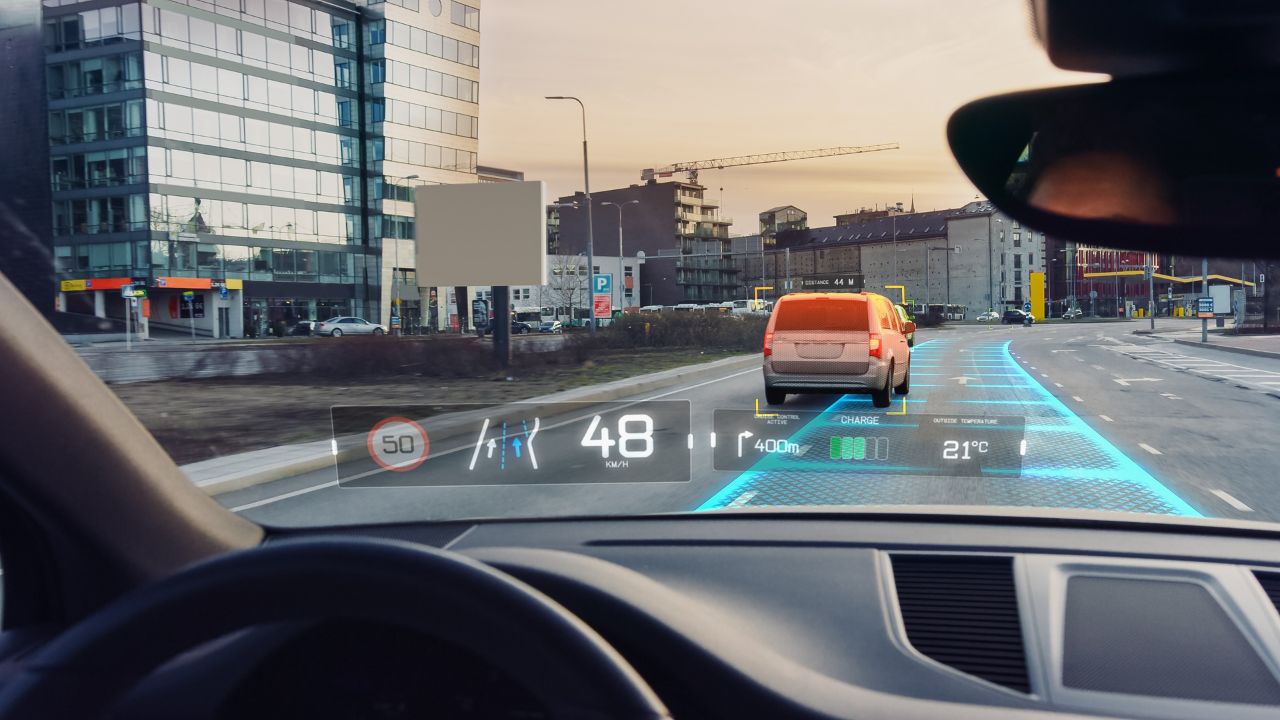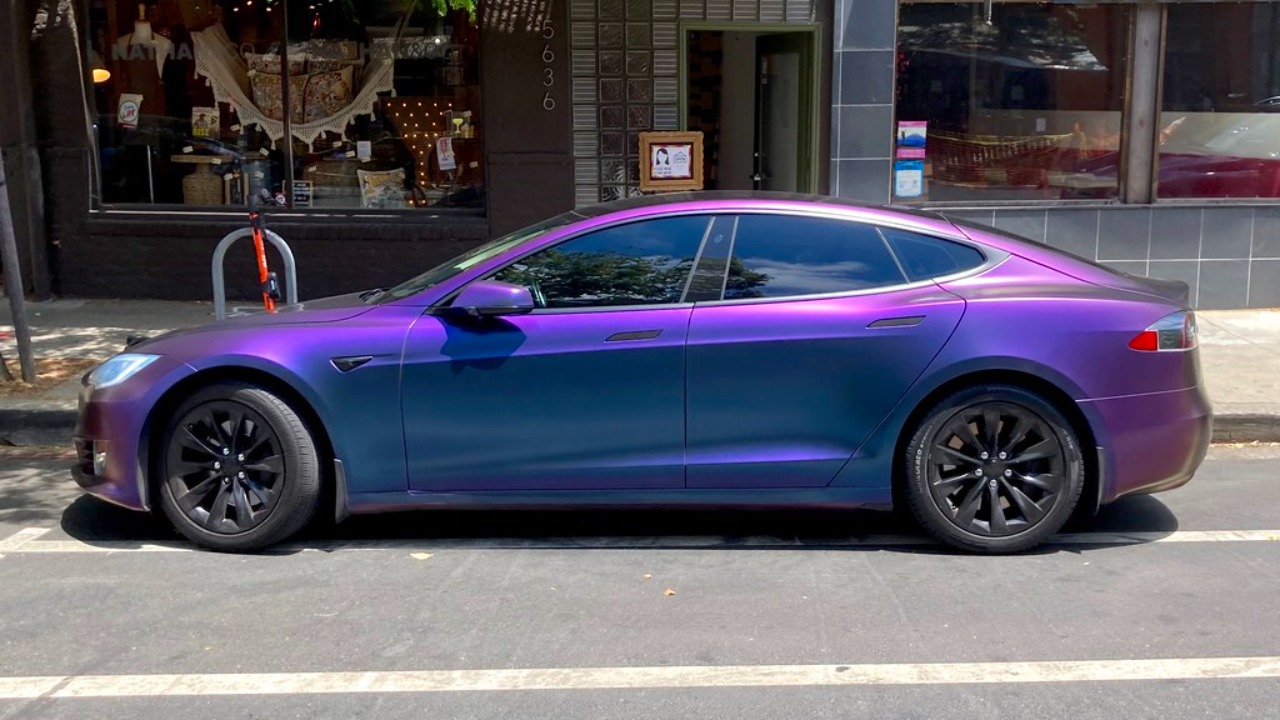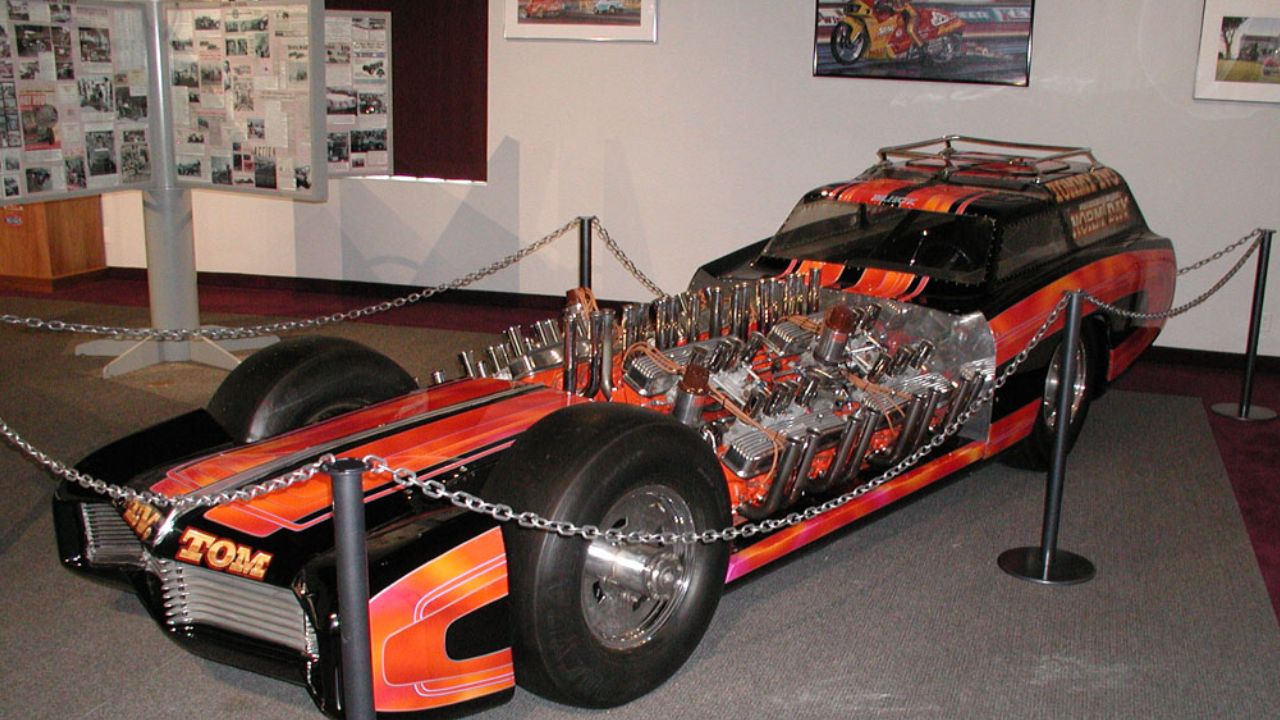As technology continues to evolve, so too does the way we interact with our vehicles. One of the most significant advancements in automotive technology is the integration of heads-up displays (HUDs). These innovative systems project essential information onto the windshield, allowing drivers to maintain their focus on the road while accessing critical data.
Understanding Heads-Up Displays
Heads-up displays, often abbreviated as HUDs, have become a popular feature in modern vehicles due to their ability to enhance driver safety and convenience. Originally developed for military aviation in the mid-20th century, HUDs have gradually found their way into the automotive industry. They serve to display vital driving information directly in the driver’s line of sight, reducing the need to glance away from the road.
The technology behind HUDs is both sophisticated and fascinating. Typically, HUDs project an image using a combination of mirrors and a transparent display surface on the windshield. This image can include speed, navigation directions, and other critical vehicle data. Some advanced HUD systems even offer augmented reality (AR) capabilities, overlaying navigation paths directly on the road ahead, as seen in models like the Mercedes-Benz S-Class and BMW 7 Series.
Information displayed on HUDs usually includes speed, turn-by-turn navigation, and audio system data. Some systems provide additional features such as traffic sign recognition, collision warnings, and lane departure alerts, further enhancing their utility. By presenting this information within the driver’s natural line of sight, HUDs minimize distractions and help maintain focus on the road.
The Benefits of Enhanced Driver Awareness
One of the primary benefits of HUDs is the increased ability for drivers to monitor essential information without diverting their eyes from the road. This seamless integration allows for a more natural driving experience, as drivers can easily keep track of their speed and navigation instructions. Studies have shown that this can lead to a significant reduction in driver distraction, which is crucial for accident prevention.
Driver distraction is a leading cause of road accidents, and HUDs play a vital role in mitigating this risk. By reducing the need for drivers to look down at traditional dashboard displays, HUDs help maintain situational awareness and improve reaction times. For instance, drivers of the 2023 Audi Q7 have reported feeling more confident and comfortable on the road, thanks to the vehicle’s intuitive HUD system.
Additionally, HUDs contribute to enhancing situational awareness by providing real-time updates and alerts. With features like collision warnings and lane departure notifications, drivers are more equipped to respond to potential hazards promptly. This proactive approach to safety can make a substantial difference in preventing accidents and ensuring a safer driving experience for all road users.
Comparing HUDs to Traditional Dashboard Displays
When comparing HUDs to traditional dashboard displays, one of the most significant differences lies in the visual attention required. Traditional dashboards often require drivers to take their eyes off the road to check speed, fuel levels, or navigation directions. This shift in focus can increase cognitive load and the potential for distraction. In contrast, HUDs streamline the process by presenting this information directly in the driver’s line of sight.

Research supports the effectiveness of HUDs in reducing cognitive load and improving driver performance. A study conducted by the University of Toronto found that drivers using HUDs were able to process information more quickly and accurately than those relying on traditional displays. Moreover, HUD users reported feeling less stressed and more comfortable during their journeys, highlighting the user-friendly nature of this technology.
User testimonials and expert opinions further underscore the advantages of HUDs. Drivers of the latest Volkswagen Passat model, for example, have praised the clarity and convenience of the HUD system, noting its positive impact on their driving experience. Automotive experts also emphasize the importance of integrating HUDs into future vehicle designs to enhance driver safety and awareness.
Challenges and Considerations in HUD Implementation
Despite their numerous benefits, implementing HUDs in vehicles does present some challenges. One of the primary technical challenges is ensuring seamless integration with existing vehicle systems. This often requires sophisticated software and hardware solutions to ensure accurate and reliable information display. Additionally, manufacturers must consider the varying shapes and sizes of windshields to optimize HUD performance.
Visibility and readability under different driving conditions can also pose issues for HUDs. For instance, glare from sunlight or reflections from wet roads may affect the clarity of the display. Manufacturers are continually working to address these concerns, with advancements in display technology and adaptive brightness controls making significant strides in improving HUD visibility.
Cost is another consideration for both manufacturers and consumers. Incorporating HUD technology into vehicles can increase production costs, which may be reflected in the final price of the vehicle. However, as the technology becomes more widespread, it is expected that costs will decrease, making HUDs more accessible to a broader range of consumers.
The Future of Heads-Up Displays in Automotive Technology
As we look to the future, emerging trends and innovations in HUD technology promise to further revolutionize the driving experience. One exciting development is the integration of augmented reality (AR) capabilities, which can provide even more detailed and interactive information overlays. This could include real-time hazard detection, adaptive navigation paths, and enhanced traffic sign recognition.
The evolution of HUDs is also closely linked to the development of autonomous vehicles. As vehicles become more capable of self-driving, HUDs may serve as essential interfaces for conveying information about the vehicle’s status and surroundings to passengers. This could enhance trust in autonomous systems and provide peace of mind to users.
Incorporating AR technology into HUDs can also significantly expand their capabilities. For example, overlays that highlight potential hazards or guide drivers through complex intersections could become standard features. As technology advances, we can expect HUDs to play a pivotal role in shaping the future of automotive safety and convenience.
Like Fast Lane Only’s content? Be sure to follow us.
Here’s more from us:
*Created with AI assistance and editor review.







Leave a Reply